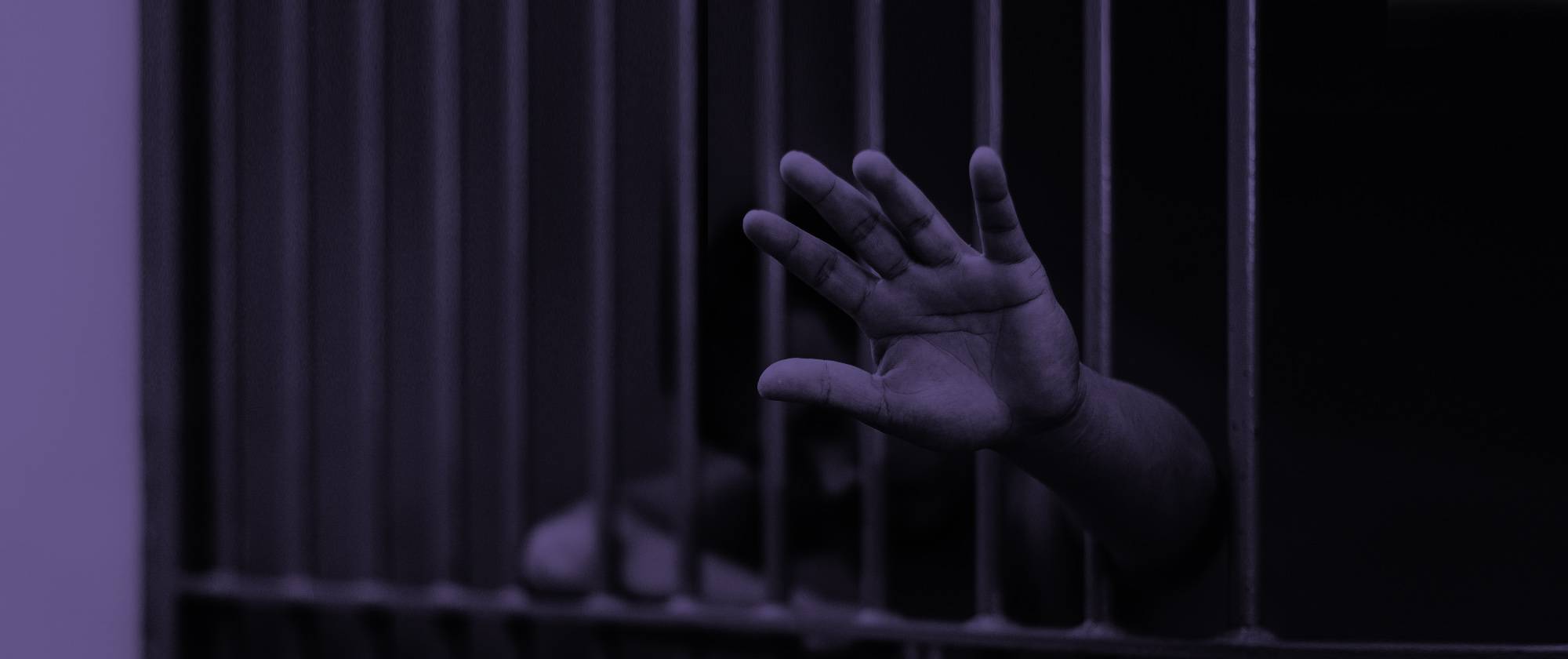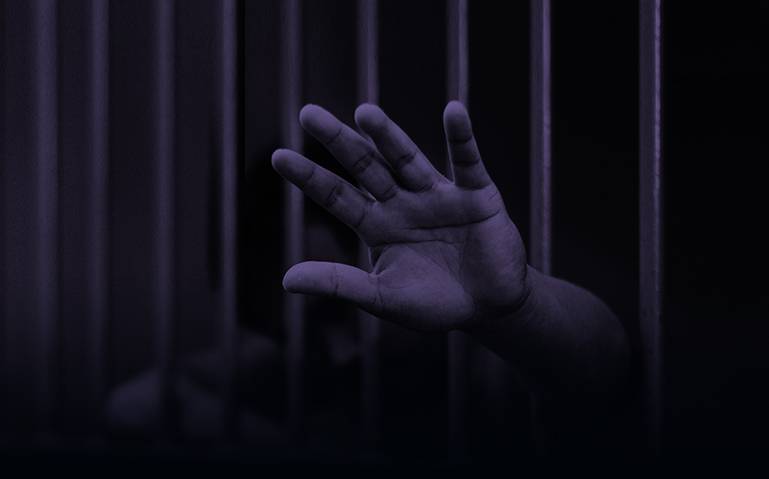NEXUS is working to help address the mental health needs within the justice system
We’re expanding the mental health community beyond traditional mental health stakeholders to include those with lived experience, case managers, law enforcement officers, prison administrators, parents, community center volunteers, and school tutors, to name a few. This diverse group is driving a new discussion on how to better address the unmet mental health needs of women, youth, and those within the justice system.
What sets us apart from other respected and effective mental health initiatives is our groundbreaking collaborations, real-world insights, and new mental health research. We’re also examining mental health best practices in individual communities to evaluate how best to use them to make the greatest impact on the unmet needs of our 3 key groups.
The NEXUS team wants to raise the bar in mental health for individuals coming into contact with or those just released from the justice system, focusing on critical junctures to move them from hopeless to hopeful.
CHECK OUT OUR LATEST PERSPECTIVE
Explore our other podcasts, white papers, videos, and more on our insights page.
The impact of mental illness in the justice system
An offender’s mental illness may go unchecked at intake
Being incarcerated may be a critical moment for someone with mental illness. The common overlooked or untreated symptoms and behaviors may have led the individual into the justice system. Screening at the moment of intake may make a huge difference in the mental health trajectory of the individual.
2 MILLION
people with mental illness are newly incarcerated each year.1
10X
Recent findings show that there are 10 times more individuals with serious mental illness in prisons and jails than in state mental hospitals.2,3
Continuity of care inside &
outside of the justice system
The justice system isn’t designed for people with mental illness. There are gaps between mental health support during entry into the system, while incarcerated, and following release. Currently, community mental health services have a lack in continuity of care that may start prior to incarceration.
NEXUS is taking steps to examine new ways to ensure warm handoffs inside and outside the justice system. We’re working with justice reform advocates, caregivers, correctional education advocates, and justice system professionals to gain insight into bridging gaps in mental health from first contact with law enforcement through release from the justice system. Through our own research, we’re seeing the value in peer mentorship, employment programs, and affordable, stable housing.
The mental health challenges following release
Upon release from the justice system, there may be inadequate mental health screening. Without proper screening and acknowledgment of mental illness, an individual may not have access to mental healthcare and the necessary resources to afford treatment.
Additionally, a criminal record will often make it hard for a newly released individual to find employment or housing. As a result, many become homeless, find themselves hospitalized, or are rearrested.1
NEXUS is working with justice reform advocates, caregivers, correctional education advocates, and justice system professionals to examine how establishing mental health screening at release could break the cycle of recidivism.
Up to 83% of inmates with mental illness did not have access to treatment after release.1
64%
In a recent outcome study, 64% of inmates with mental illness released from prison were rearrested within 18 months, and 48% were hospitalized within the same time period.4
NEXUS GUIDING PRINCIPLES:
Identifying effective solutions for unmet mental health needs in the justice system
Inadequate screening is the foundation of the unmet mental health needs facing individuals coming into contact with or just released from the justice system:
- Inadequate screening at intake
- Lack of continuity of care from prior community mental health services
- Inadequate screening at release and lack of access to the necessary support and the resources to afford mental health treatment
The specific unmet mental health needs of individuals coming into contact with or just released from the justice system can be common among the other NEXUS areas of focus: women and youth.
NEXUS research and real-world insights have incited passionate debates, uncovering the guiding principles for how we can address the mental health challenges facing these 3 groups at critical junctures in their lives.
How NEXUS guiding principles apply to individuals inside and outside of the justice system:
-
Warm Handoffs
Creating a bridge of care to close the gap in mental health support between pre-incarceration community mental health services (CMHS), the individual’s contact with the justice system, and eventual release could help as an individual reintegrates into the world.
-
Peer Support
Peers who have successfully been rehabilitated can offer valuable guidance and direction to resources for those who have just been released from the justice system.
-
Gender & Age Differences
Today, solutions must take into account the unique mental health needs of both men and women within the justice system.
-
Screenings
A comprehensive mental health screening process, along with social/personal screening, will ensure that individuals receive the support they need and deserve during intake and reentry.
-
Early Intervention
First responders and mobile crisis units can act early and guide individuals with mental illness to all-inclusive support services rather than placing them back into the hands of the justice system.
Share key insights
References:
1. National Alliance on Mental Illness. Jailing people with mental illness. 2019. https://www.nami.org/learn-more/public-policy/jailing-people-with-mental-illness. Accessed: February 12, 2020. 2. Torrey EF, Zdanowicz MT, Kennard AD, et al. The treatment of persons with mental illness in prisons and jails: a state survey. Arlington, VA: Treatment Advocacy Center, April 8, 2014. 3. Al-Rousan T, Rubenstein L, Sieleni B, Deol H, Wallace RB. Inside the nation’s largest mental health institution: a prevalence study in a state prison system. BMC Public Health. 2017;17(342). 4. Lovell D, Gagliardi GJ, Peterson PD. Recidivism and use of services among persons with mental illness after release from prison. Psychiatr Serv. 2002;53(10):1290-1296. 5. World Health Organization. Gender and women’s mental health. 2019. https://www.who.int/mental_health/prevention/genderwomen/en/. Accessed: February 12, 2020. 6. Child Mind Institute. 2016 Child Mind Institute Children’s Mental Health Report. 2016. https://childmind.org/report/2016-childrens-mental-health-report/. Accessed: February 13, 2020.





